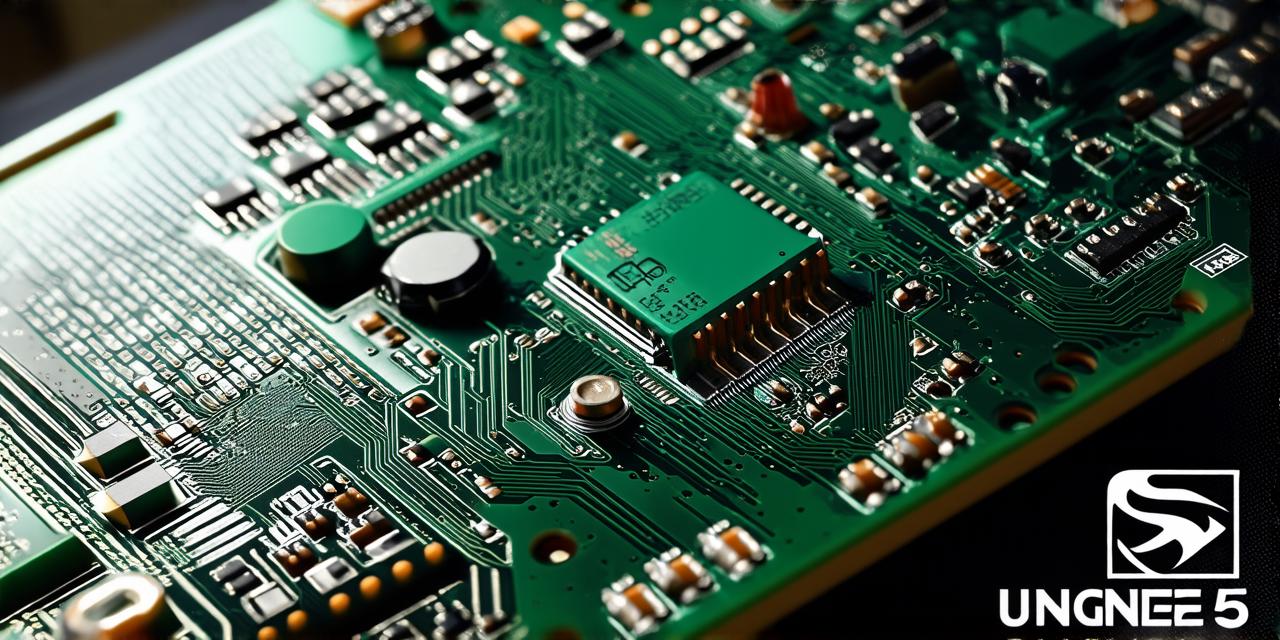Introduction
Unreal Engine 5 is a powerful and versatile game engine that offers developers a wide range of features and capabilities. Whether you’re building a AAA game, creating a VR experience, or developing an interactive product, Unreal Engine 5 has something for everyone.
Performance Improvements
One of the major updates in Unreal Engine 5 is its improved performance. This is due to a number of factors, including optimized code, enhanced graphics rendering, and better support for multiple platforms. With Unreal Engine 5, you can expect faster load times, smoother gameplay, and more realistic visuals.
In addition, the engine now supports ray tracing, which allows for more accurate lighting and shadow calculations. This can be especially useful for creating photorealistic environments and characters.
New Tools and Features
Unreal Engine 5 also includes a number of new tools and features that make it easier to create and develop games and other interactive products. For example, the engine now includes built-in support for VR development, making it easy to create immersive experiences for Oculus Rift, HTC Vive, and other VR headsets.
In addition, Unreal Engine 5 includes a new animation tool that allows you to create dynamic, lifelike animations with minimal effort. This can be especially useful for creating characters and creatures that move in a natural and believable way.
How to Use Unreal Engine 5 Effectively

While Unreal Engine 5 is packed with features and capabilities, it can take some time to learn how to use it effectively. Here are a few tips to help you get started:
- Start by familiarizing yourself with the basics of game development. This includes understanding concepts like scene composition, lighting, and animation.
- Experiment with different tools and features to find what works best for your project. For example, if you’re working on a VR project, start by exploring the built-in support for VR development.
- Take advantage of the engine’s documentation and resources to learn more about its various tools and features. Unreal Engine 5 includes a comprehensive documentation set, as well as a number of tutorials and guides that can help you get started.
- Join the Unreal Engine community to connect with other developers and share tips and best practices. The community is a great resource for learning from others and getting help with any issues you may encounter.
Conclusion
Unreal Engine 5 is a powerful and versatile game engine that offers developers a wide range of features and capabilities. With its improved performance, new tools and features, and support for multiple platforms, Unreal Engine 5 is the perfect choice for creating games, VR experiences, and other interactive products. By following the tips and best practices outlined in this guide, you can use Unreal Engine 5 effectively to create engaging and immersive experiences that will captivate your audience.
FAQs
1. What are some of the key differences between Unreal Engine 4 and Unreal Engine 5?
Unreal Engine 5 includes a number of new features and capabilities, including improved performance, new tools and features, and support for VR development. In addition, Unreal Engine 5 includes a number of improvements to its graphics rendering and support for multiple platforms, making it easier to create games and other interactive products for a wider range of devices.
2. How do I get started with Unreal Engine 5?
To get started with Unreal Engine 5, you will need to download the engine and install it on your computer. You can then explore the documentation set and tutorials to learn more about its various tools and features. In addition, you may want to take advantage of online resources such as the Unreal Engine community to connect with other developers and get help with any issues you may encounter.
3. How do I use ray tracing in Unreal Engine 5?
To use ray tracing in Unreal Engine 5, you will need to enable it in the engine’s settings and configure it for your specific project. You can then use the engine’s built-in tools to create photorealistic lighting and shadow effects. In addition, you may want to take advantage of third-party plugins such as NVIDIA’s Real Time Ray Tracing (RTRT) plugin to enhance the performance of ray tracing in your Unreal Engine 5 projects.
4. What kind of projects can I create with Unreal Engine 5?
Unreal Engine 5 is a versatile game engine that can be used to create a wide range of projects, including games, VR experiences, interactive product demos, and more. The engine’s powerful graphics rendering capabilities make it ideal for creating immersive experiences with high-quality visuals, making it an excellent choice for any project that requires advanced 3D graphics and interaction.
